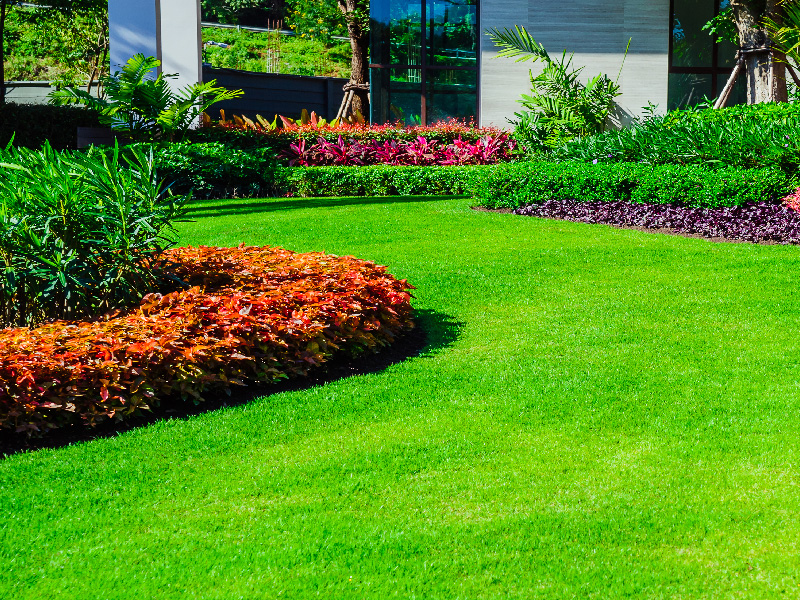Throughout our lives, we spend a lot of time enjoying the grass. Summers at the park, BBQ’ing in the spring, and picnics in the fall are just a few beloved activities that just wouldn’t quite be the same without beautiful, lush grass. However, the grass breeds that surrounds us very rarely comes to mind; until you have your own lawn. The reality is that every kind of grass is as unique as the next. The type of grass you have will determine how to best care for it, which climate it thrives in, and the maintenance that it requires. To get more information on properly caring for your grass, contact Ivy Terra today for any of your lawncare needs!
Bentgrass
This type of grass is often associated with golf courses. However, it can be used for residential properties as well. It’s known for its short length (about 1/10”) and soft texture. It is also known for being higher maintenance because of the amount of water it needs, mowing equipment it requires, and specialty tools it necessitates.
Bermuda Grass
Usually found in the south, this type of grass is commonly used for residential lawns. Bermuda grass is beautiful but considered to require higher maintenance, similar to bentgrass.
Centipede Grass
Centipede grass grows horizontally and thrives in areas that are known for humidity and moisture. This type of grass would wither in dry climates, but in the right area can be a great low maintenance option because it requires less mowing.
Dichondra
This warm-season grass can primarily be found in California and Arizona. It can have a lush, green look that is appealing to many homeowners, but it is often associated with insects and diseases.
Fine Fescue
As the name suggests, this type of grass has blades that are very fine and needle-like. They have a high tolerance to shade and is similar to centipede grass because it does not do well in dry heat conditions.
Kentucky Bluegrass
Often found in the north, this grass is known for its beautiful green color and texture. It is popular because of its ability to grow well from seed. However, it does not thrive in deep shade.
Ryegrass
This type of grass can be easily identified by its distinctive shine. It is also known for leaving a white cast when mowed. While it is primarily found in cool-season climates, it may not be found too far north (e.g., Canada).
St. Augustine Grass
St. Augustine Grass can typically be found in areas that are known for their warmth, like Florida and California. Cold temperatures and lack of moisture can cause this grass to lose its lush, dark green look.
Zoysia Grass
Historically, this type of grass is found in the middle of the U.S. and spreading into the Carolinas. In some cases, it can be located farther north; however, it does not do well in the colder climates. Zoysia is distinctive because it is a slow-growing grass and results in a lawn that has a thick carpet feel.
